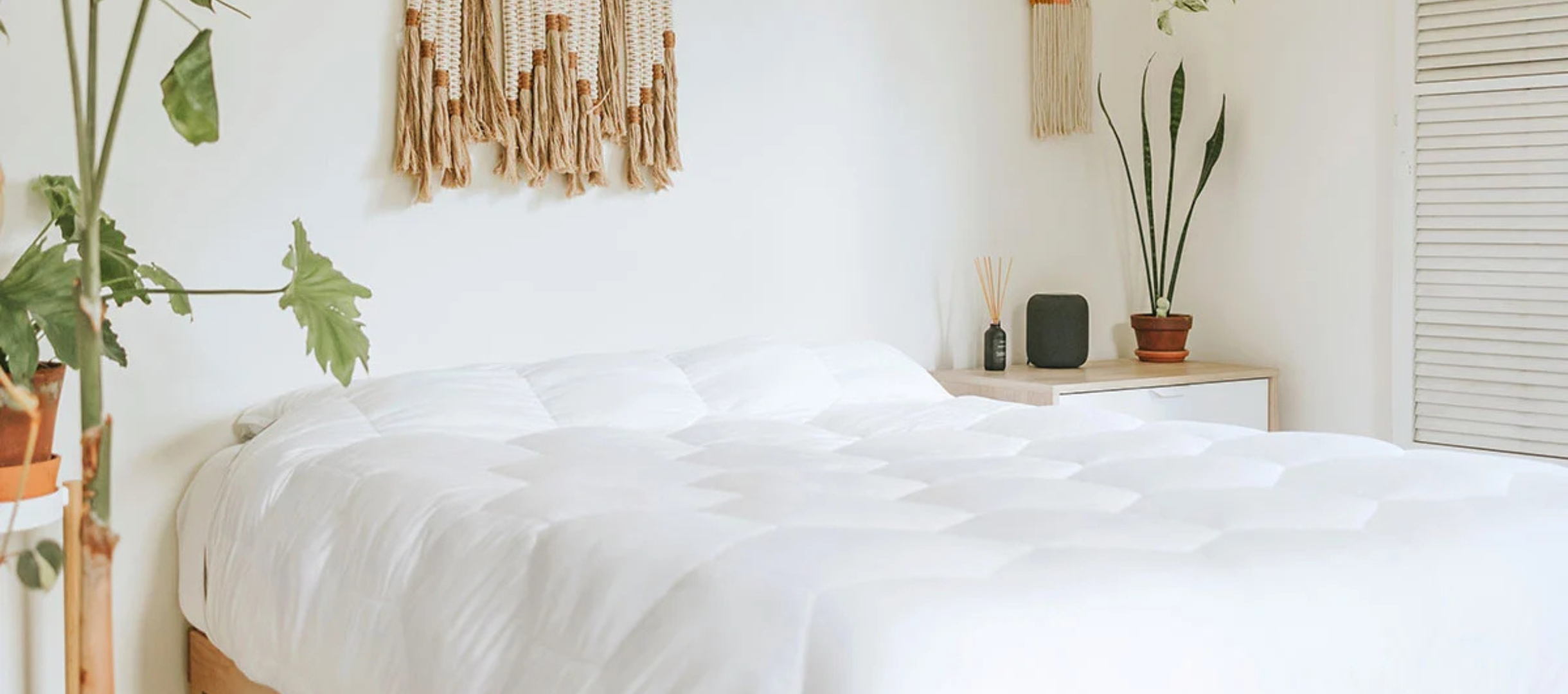Duvet vs comforter: What's the difference and which one is best for your sleep?
Both duvets and comforters provide cosiness and warmth, but which is better for a good nights' sleep?
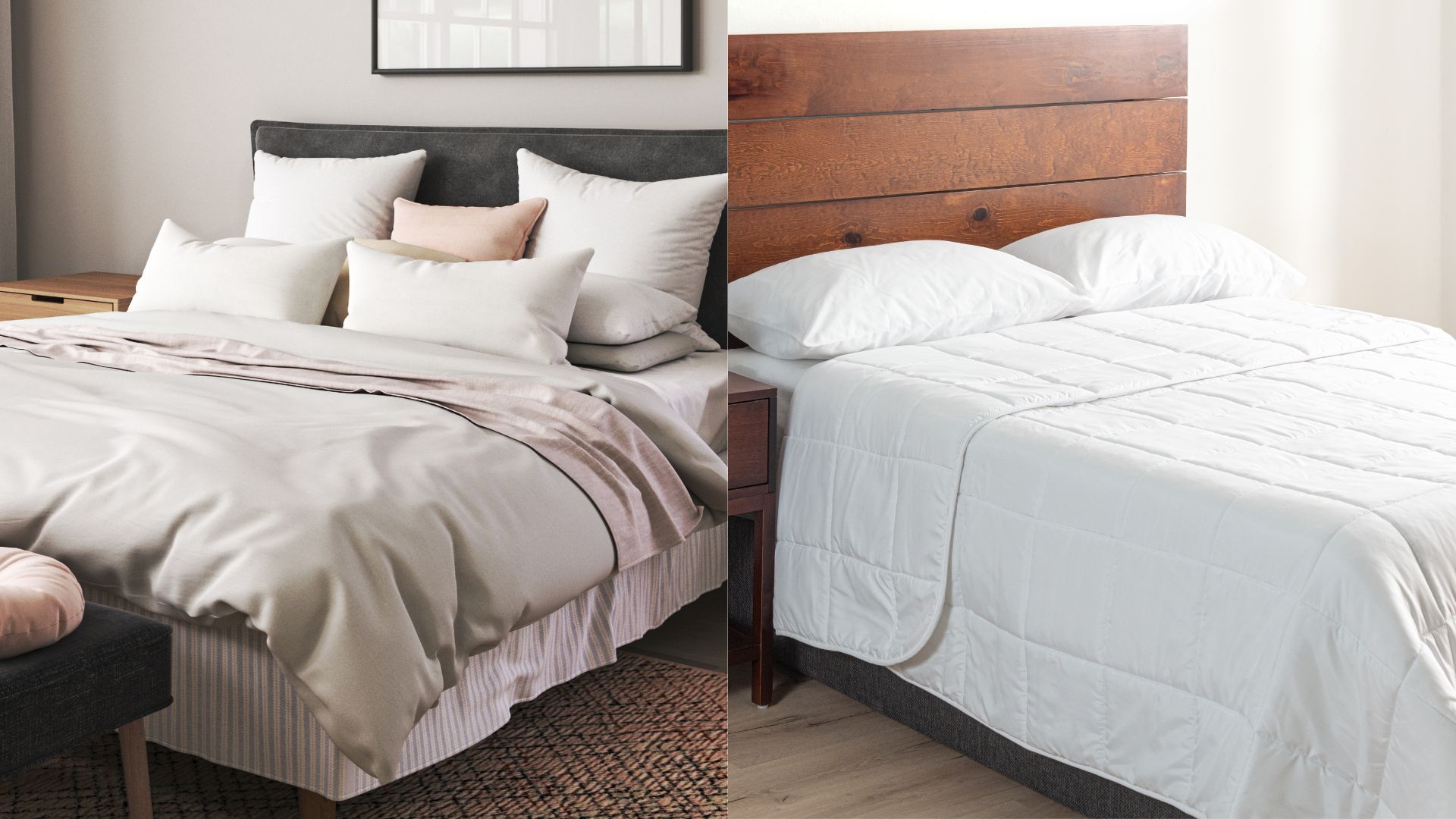
Duvet and comforters are two words that are used interchangeably. Both are essentially quilts designed to keep you cosy while sleeping. However, there are some key differences between the two.
While the best mattresses provide support and pressure relief, duvets and comforters provide warmth and comfort. Here, we'll take a look at what duvets and comforters are and explore their distinct features.
We'll also break down their differences and discuss the pros and cons of both duvets and comforters, so you can decide which one suits your sleep needs the best. Let's get started.
What is a duvet?
A duvet (French for "down") is made up of two parts: a duvet insert and duvet cover. The duvet insert is a thick, warm quilt usually stuffed with down, feathers, or synthetic fibers. The duvet insert then goes inside a duvet cover, which a removable cover usually made from cotton or cotton blend. Duvet covers are both protective and decorative, and come in a range of patterns and colours. They are more popular in the UK than the US.
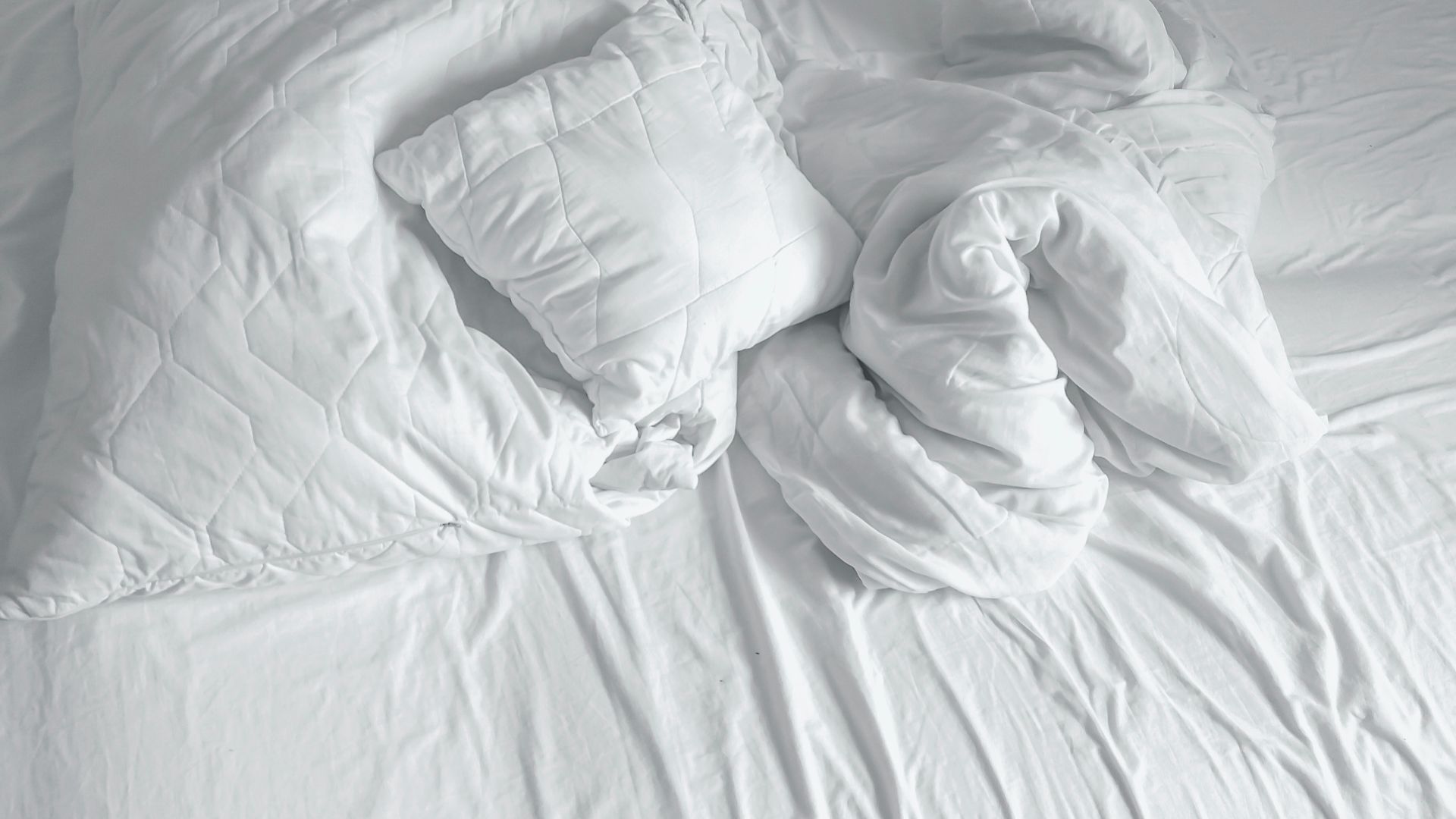
What is a comforter?
A comforter is a large, thick quilt with insulative filling which can be layered onto the bed. The filling is usually natural or synthetic, such as down, down alternative, cotton, or wool. Comforters are more popular in the US than in the UK, and are usually available as parts of bedding sets.
- Read more: Layla Down Alternative Comforter review
Duvet vs comforter: key differences
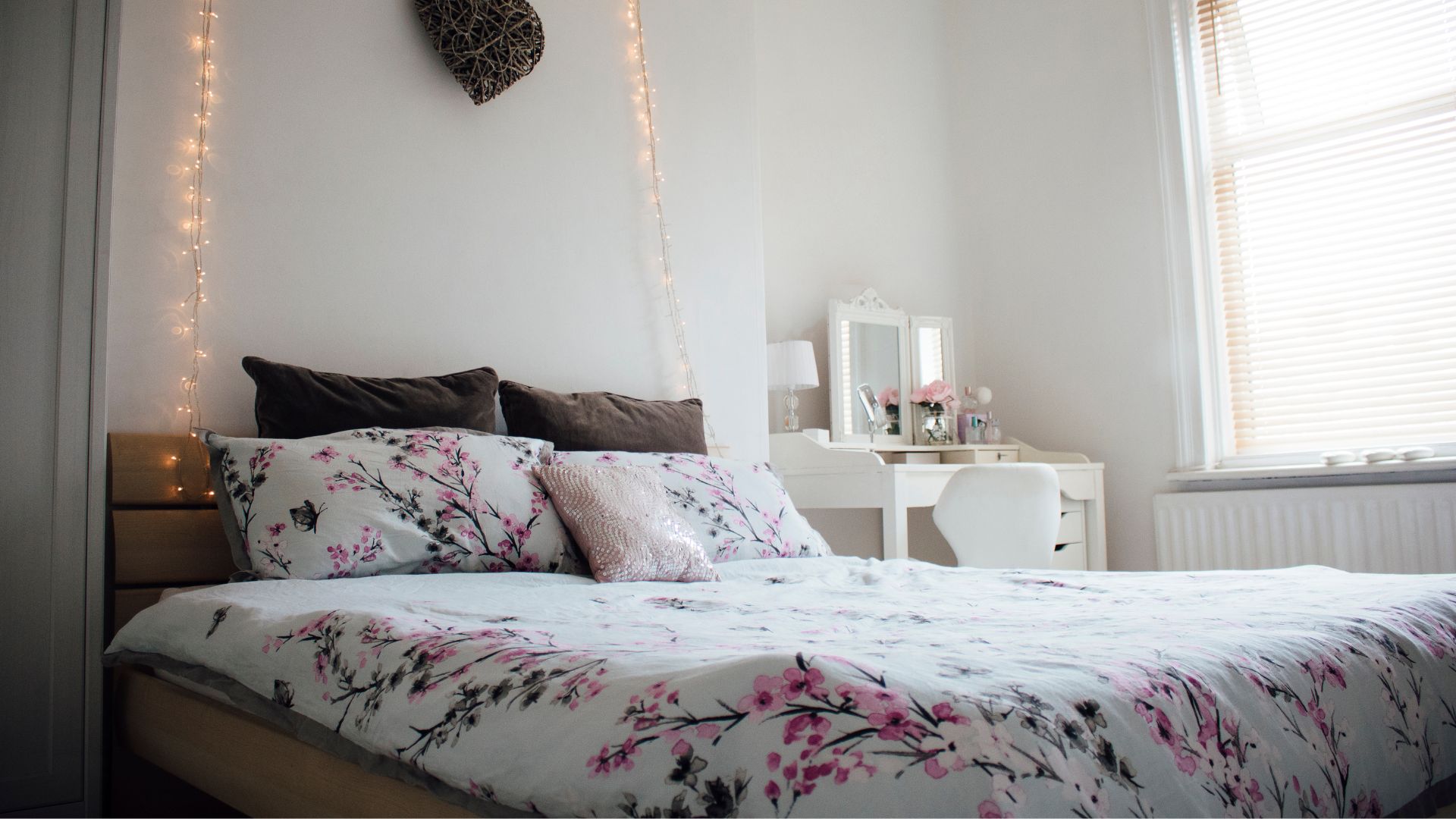
The main difference between a duvet and comforter is that duvets consist of two parts, while a comforter is a stand-alone quilt. Comforters don't require a cover and can simply be placed on the bed as a one-piece blanket. Duvets, on the other hand, always require a cover.
While simply spreading a comforter onto the bed is easier than changing the duvet's cover, the addition of a duvet cover makes for an easy clean. Simply take the duvet cover off once a week and put it in the washing machine. Meanwhile, comforters often require a top sheet (a sheet in between you and the comforter) for hygiene purposes, which may be too many layers for some.
Another key difference between a duvet vs comforter is size. Duvets tend to be the same size as a mattress, covering the mattress surface with only some of the duvet hanging over the edge. Comforters, on the other hand, tend to be much larger and cover the entire mattress and hang over the side of the bed.
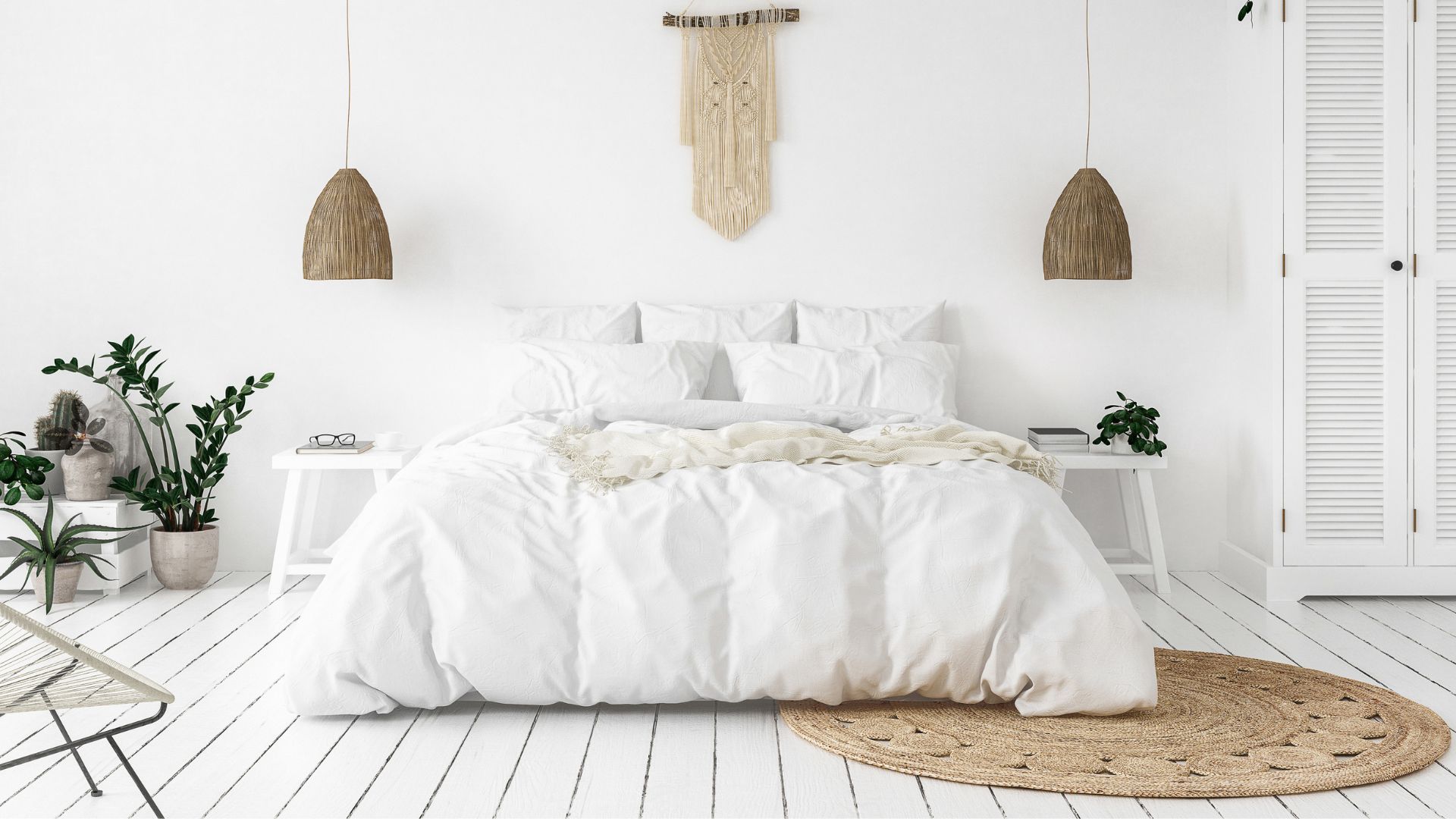
However, comforters are much lighter, thinner and less airy than duvets, which are thicker, loftier, and provide more warmth. Comforters are great for all-year round comfort (especially during warmer months) but sleepers may need to grab and extra blanket during wintertime.
Duvets inserts can come in different levels of thickness and warmth. The thickness of a duvet is often measured in duvet togs. A unit of measurement which rates how well your duvet can retain heat. Winter duvets have a high tog rating, while light summer duvets have low tog ratings. You can also get all-year duvet inserts and hypoallergenic duvet inserts for milder weather and springtime. Duvet covers can be customised too, with hypoallergenic and organic covers available.
In general, comforters tend to be cheaper and more accessible than duvets (due to their cheaper materials and production method) and are often available to buy as part of economic bedding sets.
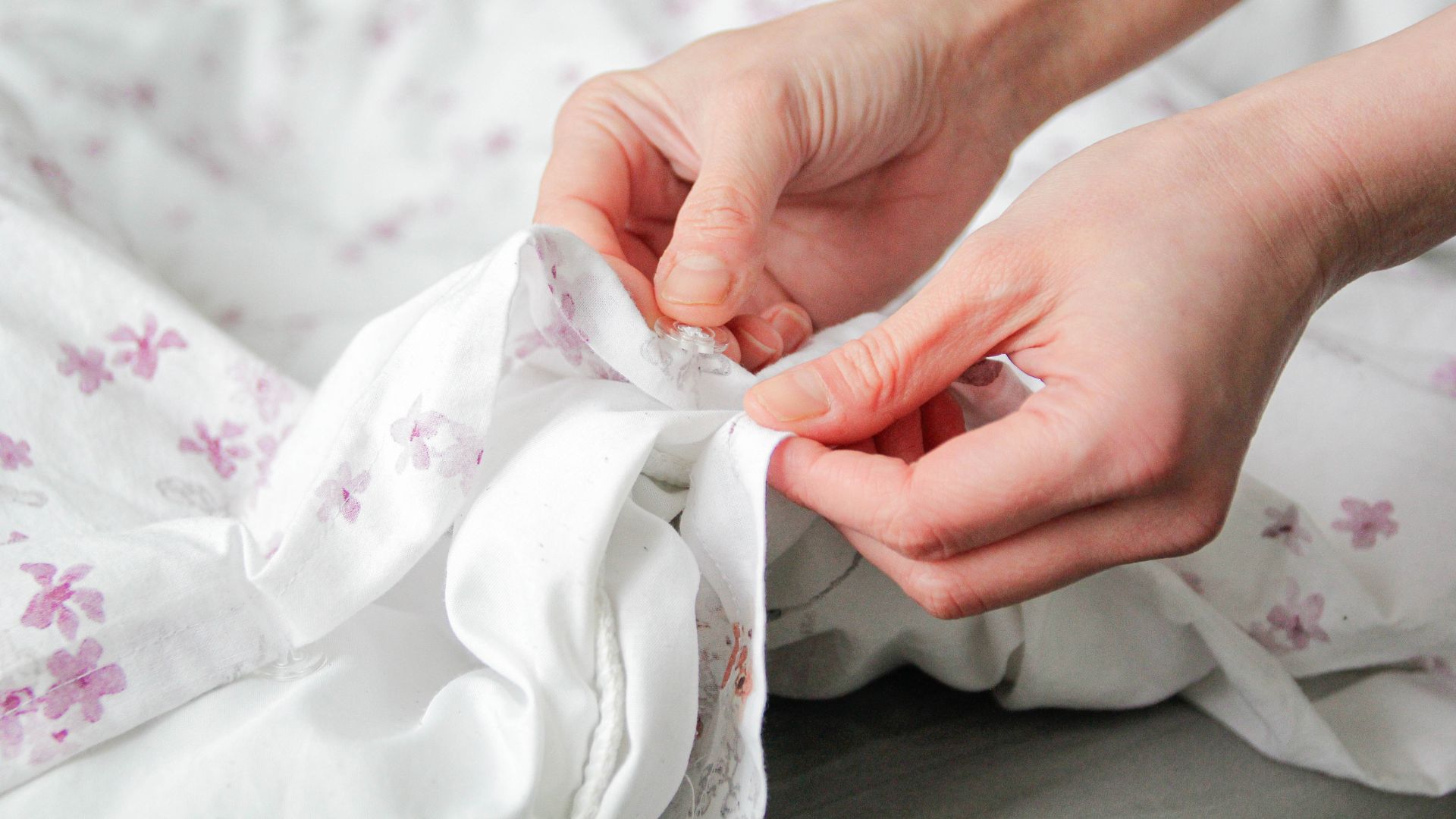
Can you put a comforter in a duvet cover?
In short, yes. If you don't want to use a top sheet but still want to maintain good bedroom hygiene, you can put a duvet cover on a comforter. However, be aware that comforters are larger than duvets, so you may have to size up when choosing a cover so the comforter will fit inside.
Duvet vs comforter: which should you buy?
Buy a duvet if...
✅ You want an easy clean: The beauty of a duvet is that you can remove the cover to machine wash once a week for an easy clean.
✅ You don't want to use top sheets or extra blanket: As the cover goes directly on the duvet, there's no need for a top sheet. Plus, duvets are much loftier than comforters, so there's no need for extra blankets during colder months.
✅ You want to customise your sleep: You can customise both the duvet cover and duvet insert, depending on your sleep needs. For example, you can use a hypoallergenic, all-year duvet insert with a breathable bamboo cover for spring season and warmer months.
Buy a comforter if...
✅ You're on a tight budget: Comforters are more widely available in the US and are much cheaper thanks to their less luxe materials and mass production process.
✅ You sleep hot: Comforters are much thinner and less lofty than duvets, which means they're ideal for hot sleepers or those who live in warm climates.
✅ You share a bed: Comforters are much bigger than duvets, not only covering the mattress but even hang over the side of the bed.
Sign up to get the BEST of Tom's Guide direct to your inbox.
Get instant access to breaking news, the hottest reviews, great deals and helpful tips.

Frances Daniels is a PPA-accredited journalist and Sleep Staff Writer at Tom's Guide with an MA in Magazine Journalism from Cardiff University. Her role includes covering mattress and sleep news and writing sleep product reviews and buyer's guides, including our Best Hybrid Mattress 2025 guide. She is hugely interested in the relationship between good sleep and overall health, interviewing a wide array of mattress and sleep experts to create well-informed articles about important topics such as nutrition, sleep disorders (from sleep apnea to night terrors), lucid dreaming, sleep hygiene, and mattress care. She is also our specialist on mattress toppers — producing mattress topper reviews and taking care of our Best Mattress Toppers 2025 guide — and takes the lead on all content related to fiberglass-free mattresses for a clean, non-toxic sleep. Outside of Tom's Guide, she has written for Ideal Home, Homes & Gardens, and Marie Claire.
